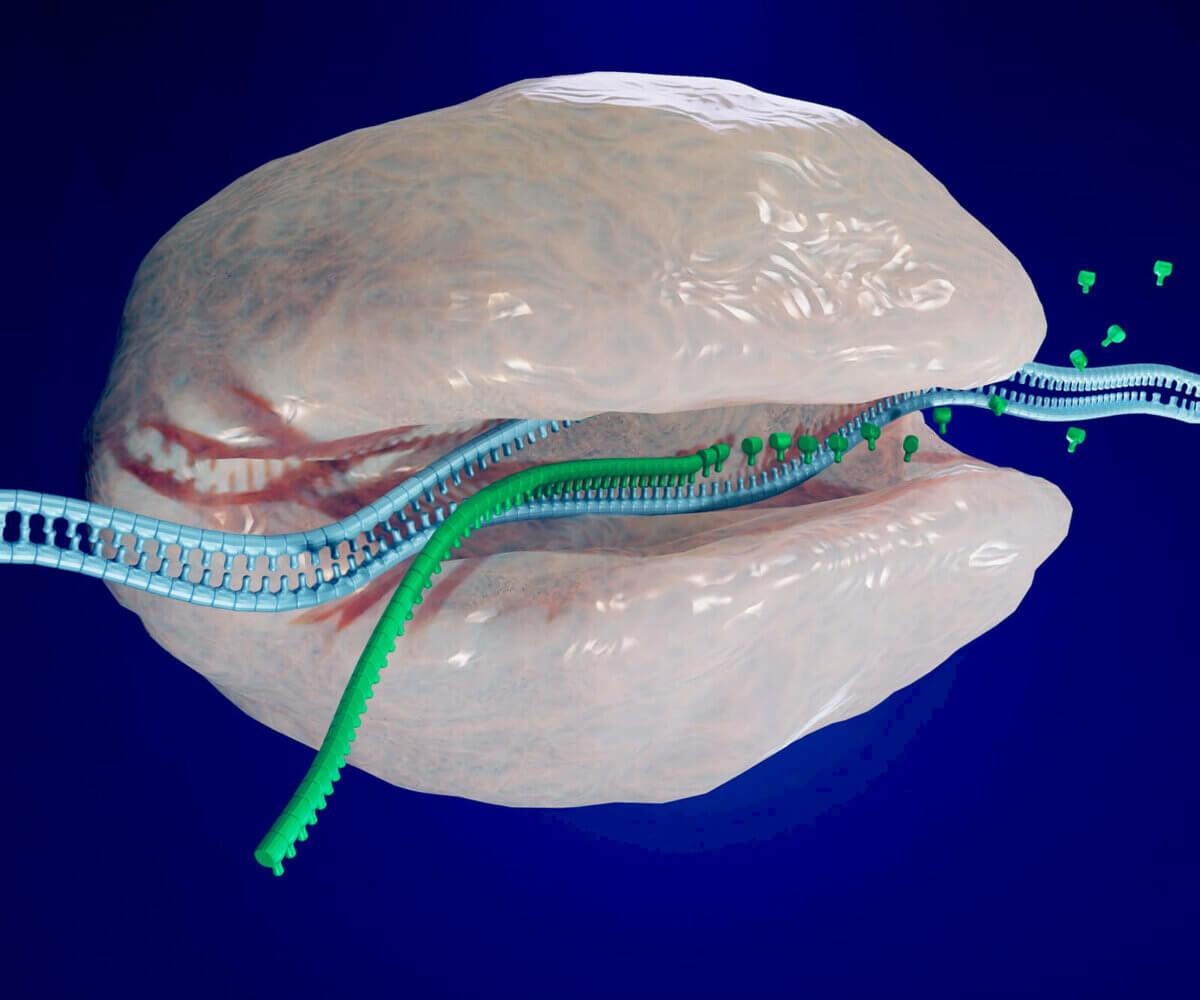A new study assessed muscle fiber growth, myonuclei, and satellite cell changes identifying notable differences in males compared to females.
Overview
What did they test? Muscle biopsies and immunohistochemistry to compare changes in myofiber growth, myonuclear addition, and expansion of the satellite cell pool after eight weeks of full-body training between males and females.
What did they find? Findings indicated greater type I muscle fiber growth in males, accompanied by increases in the myonuclear domain. However, muscle fiber perimeter remained constant, meaning muscle fiber perimeter per myonucleus dictates myonuclear addition.
What does it mean for you? This study is limited in practical application but provides interesting findings that males increase type I fibers more than females and myonuclear addition may be more related to the perimeter per myonucleus rather than increases in myonuclear domain.
What’s the Problem?
This month we’re featuring two new studies looking at some unique findings in muscle cells. In case you’re new here, our cover story for the inaugural issue of REPS, Issue 1 Article 1, highlighted our current scientific understanding of muscle growth from a broad perspective. You may consider reading that article because it will help you understand two reviews in this month’s issue. The first study we review in this issue goes into the command center for muscle growth, the myonucleus (myo = muscle). A defining characteristic of muscle cells compared to other cells is its many cell nuclei, hundreds to thousands per fiber 3. Think back to high school, learning about cell biology. The nucleus is usually at the center of cells containing DNA blueprints for building new proteins. Remember, muscle growth requires a net positive protein balance. In other words, protein synthesis must be greater than protein breakdown over time. Protein synthesis includes two steps, protein transcription, and protein translation. The primary function of the myonucleus is to prepare and send the genetic instructions (protein transcription) for the next step in the protein-building process (protein translation) 7. Protein transcription is a crucial step in protein synthesis. It includes building an RNA strand from the DNA strand. Then the RNA strand can be translated into a protein molecule and contribute to greater muscle size. Satellite cells play a crucial role in the muscle growth response allowing for muscle cells to increase myonuclei and support transcritional activity 4 13.

Satellite cells are specialized muscle stem cells lying dormant within between the basement membrane and plasmalemma of muscle fibers, and they donate their nuclei when fused with muscle fibers (myonuclear addition) 8. We’ll be going into more detail about satellite cells in our next review. The important thing to know is satellite cells are essential for increasing myonuclei and, therefore, increasing a muscle cell’s capacity to make new proteins, ultimately promoting protein synthesis 4 13. Put simply, the limit for the growth of a muscle may be related to the number of myonuclei it contains. Previous research highlighted the importance of satellite cells and myonuclei, indicating greater hypertrophy in young males due to increased myonuclear content and expanded satellite cell pool 2. These findings bring up questions regarding sex differences in adaptations to training. One of the biggest misconceptions in the fitness industry is males build muscle faster than females. Believe it or not, females can build muscle similarly to males when standardized as a percentage of their starting muscle mass 6. However, males have greater potential to build greater absolute muscle mass than females. It wasn’t until last year a study reported that myonuclear addition and expansion of the satellite cell pool occurred similarly in males and females 3. Based on rodent data, researchers suggest increased myonuclei are an adaptive response to training due to myonuclei’s ‘transcriptional stress’ 9. The myonuclear domain theory supports rodent findings and proposes that the transcriptional capacity of muscle cells governs muscle growth and is limited to synthesizing proteins in their immediate capacity 2. In other words, myonuclei occupy a certain amount of space and are limited in their ability to promote protein transcription and they can only control protein synthesis for a certain space. Therefore, more myonuclei are needed to reduce this “transcriptional stress” and support expanding protein synthesis. The myonuclear domain theory implies a linear relationship between a total myonuclear number and muscle fiber size/volume 3 —the bigger the muscle fiber, the more myonuclei. However, data suggests muscle growth can occur without myonuclear addition 10 11.
Further complicating the matter, correlations between myonuclear parameters and fiber CSA have led some researchers to speculate that muscle fiber perimeter per myonucleus rather than the myonuclear domain could regulate protein transcription 12. You can see the difficulties in answering specific questions regarding changes in parameters of interest. One important distinction we’ll make throughout is the myonuclear domain and muscle fiber perimeter. Domain is more about the CSA or sarcoplasmic fraction, whereas the fiber perimeter is concerned with the surface area. The study we review here presents evidence showing some unique sex differences in fiber types and some novel insight into myonuclear addition and myonuclear domain.
Purpose & Hypothesis
Researchers designed this experiment to compare changes in growth of muscle fibers and the adaptive response of muscle cells between males and females. These adaptive responses include evaluating the addition of muscle cell nuclei and the expansion of the satellite cell pool. The authors didn’t clearly state a hypothesis and did a great job presenting the current evidence regarding myonuclear domain theory. Researchers were interested in answering two common research questions:
- Does myonuclear addition occur with the size of the myonuclear domain or the fiber perimeter per myonucleus?
- Can myonuclear addition explain a potential sex-specific muscle growth response?







